The Girls’ Festival** in Senba was held from February 26th to March 3rd for transmitting the history and culture of Osaka. This social event started in 2015 and reached the tenth anniversary this year. Some sets of Hina dolls, from nine old families connected with Senba, were exhibited in seven venues. While holding a map in their hands, many people visited the venues.
* Senba: A place name in Osaka; it’s the central business district (CBD) of Osaka, and also was the center of townsmen or merchant class culture of Osaka in the Edo Period.
** Girls’ Festival: In Japan, people celebrate the growth of girls on March third. In general, Hina dolls are displayed in each house during the festival. It is also called Hina Festival.
1. Hina Dolls of Koyama Family in Yodayabashi Center Bldg.
The Koyama family runs a store selling Japanese food, shiokonbu (salted kelp) and tsukudani (small fishes, maline products, or herbs boiled down in soy sauce). The long-established store started business in 1781 as a wholesale store of marine products. The Hina dolls were exhibited in a showroom on the first floor of Yodoyabashi Center Bldg.
Yodoyabashi Center Bldg. is an office building, built in 1998, of 16 stories above ground and 2 stories below ground.
2. Hina Dolls of Takaoka Family in Their Building
The Takaoka family started business in 1885 as a wholesale store of wool fabrics, and since then they have handled high-class cloths for men’s wear and women’s dresses, and haberdashery.
In the venue on the first floor of their building, 4 sets of Hina doll decorations, inherited in the Takaoka family, were shown. Rare decorations such as a Goten-Bina set (male and female Hina dolls being sat in a palace) and kitchenware were exhibited. I heard for the first time that the decoration of Hina dolls includes the kitchenware. Persons in charge politely gave visitors descriptions about the Hina dolls.
3. Hina Dolls of Family of Senba Merchant in Tanabe Mitsubishi Pharma Corporation Bldg.
The Hina dolls of a merchant family in Senba, who ran a trading firm, were exhibited on the first floor of Tanabe Mitsubishi Pharma Corporation Bldg.
The building, located at the intersection of Doshomachi and Sankyubashisuji, was built in 2015, and is a big, prominent building of 14 stories above ground having a height of 70 meters. The first floor of the building is covered with glass plates, in which the Hina dolls were displayed.
4. Hina Dolls of Arai Family in Fushimi Bldg.
The Hina dolls were given to his granddaughters from Suekichi Arai, a founder of Arai Kabushiki Kaisha running a trading business in imported variety goods and a security business.
5. Hina Dolls of Mihara Family in Fushimi Bldg.
The Mihara family is a founding family of the Akadama Group, making and selling bags for storage of futon (Japanese bedclothes similar to mattress and comforter used in a bed). The Hina dolls were given by Eijiro Mihara, the founder of the company, to his daughter.
6. Hina Dolls of Ikoma Family in Fushimi Bldg.
The Ikoma family dealt in accouterments of swords in the Edo Period, but has dealt in clocks and watches since the Meiji Period. The set of Hina dolls were bought by the owner of the shop two generations back for his daughter.
The Fushimi Bldg., in which the Hina dolls of the three families were displayed, was established in 1923, and was used as a hotel at the beginning, but is now being used as an office building. In the gallery, other Hina dolls were also displayed.
7. Hina Dolls of Bessho Family in Sukunahikona Shrine
The Bessho family is a family of a chief priest of Sukunahikona Shrine. The Hina dolls are brought by a woman marrying into the Bessho family in the Meiji Period.
Sukunahikona Shrine deifies a Yakusoshin (deity of herbal medicine), commonly known as Shinno-san, located in Doshomachi in the center of Osaka. The shrine did not receive damages in Osaka major air raid in 1945, and remains as it was in olden times.
8. Hina Dolls of Toyota Family in Osaka Securities Exchange Bldg.
The Toyoda family started their business as a store dealing with yarns in 1675, and then expanded their business area to fabrics in the Meiji Period. Now, they do business in the real estate industry. The Hina dolls displayed were given to the first daughter in 1932 as a birthday celebration.
The Osaka Securities Exchange Bldg. was built in 1935, and rebuilt in 2004 due to the deterioration of the building. The appearance of the dome, which is a symbol of the old building, remains. On the first floor, there is an atrium with windows made of stained glass, and also a coffee shop.
9. Hina Dolls of Shibakawa Family in Shibakawa Bldg.
The Shibakawa family first ran an import-export business of goods in Europe and America, and then changed their industry type to an estate business.
The Shibakawa Bldg. was built in 1927, which was rare among Japanese wooden buildings at that time, because the building was made of reinforced concrete considering the earthquake resistance and fire resistance. The building was not built for the purpose of the business but for private residence use. Now, the building was used as an office building.
Unfortunately, it is not allowed to take photos of the dolls displayed in the venue, but there were persons associated with the family and we could listen to the detailed explanations of the Hina dolls from the persons in charge.
What do you think about the Hina dolls shown above? I could see so many different sorts of the sets of Hina dolls. Unfortunately, the exhibition and demonstration of the Hina dolls in the state described above ended this year. The Hina dolls that we saw for the last time this year may exist among them and so I might be lucky to see the Hina dolls this year.


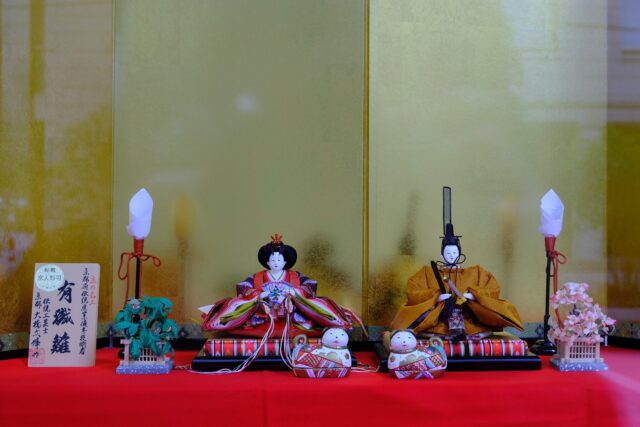
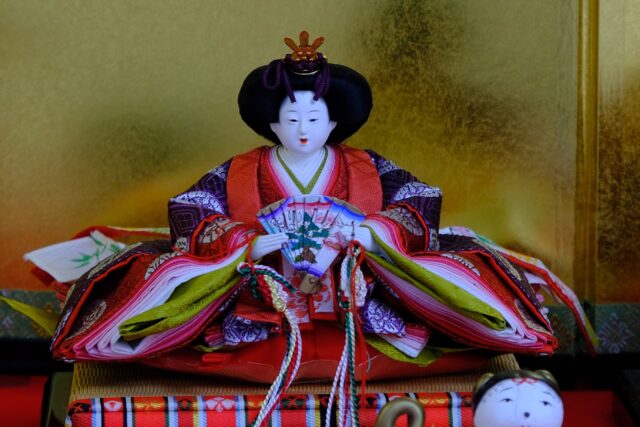
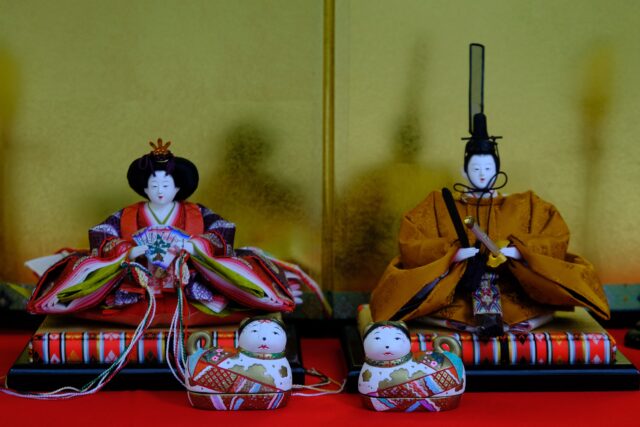
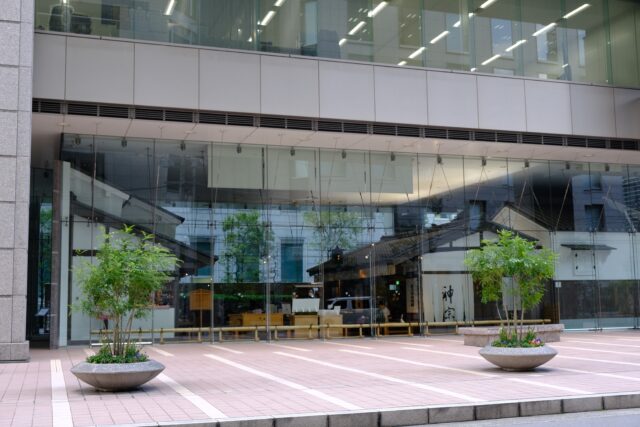
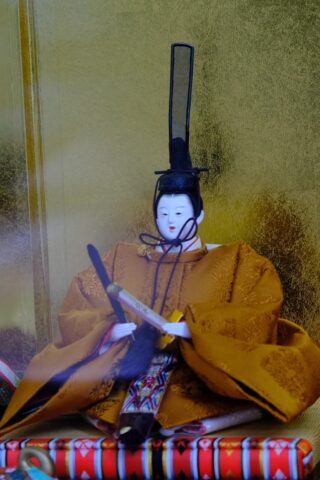


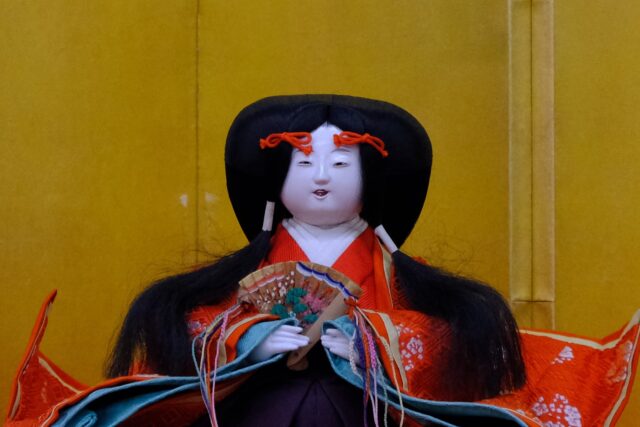
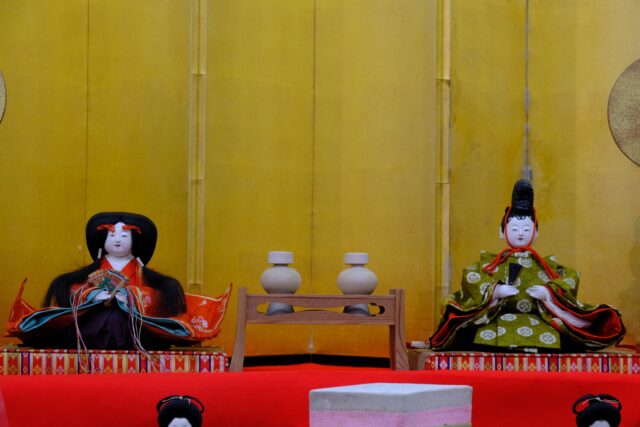
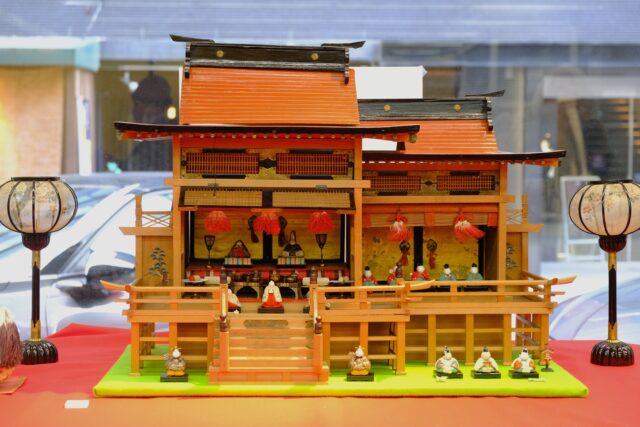

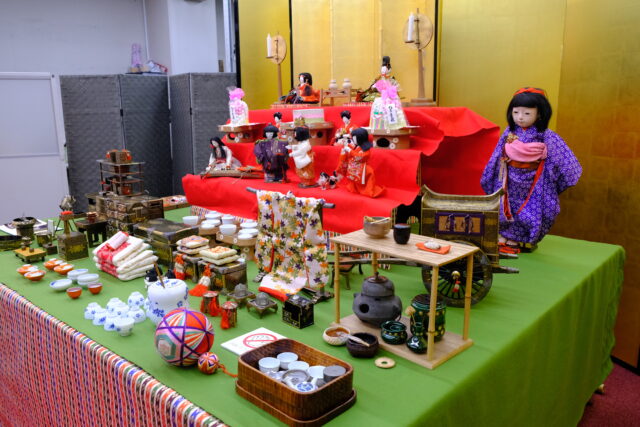


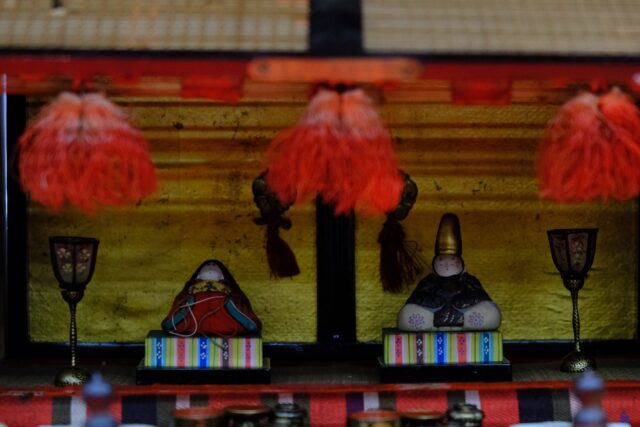
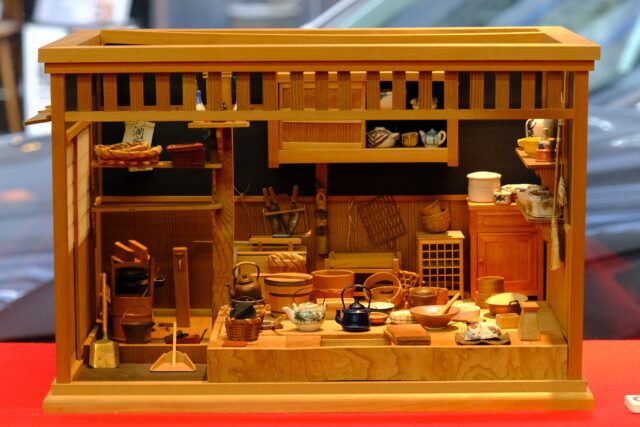
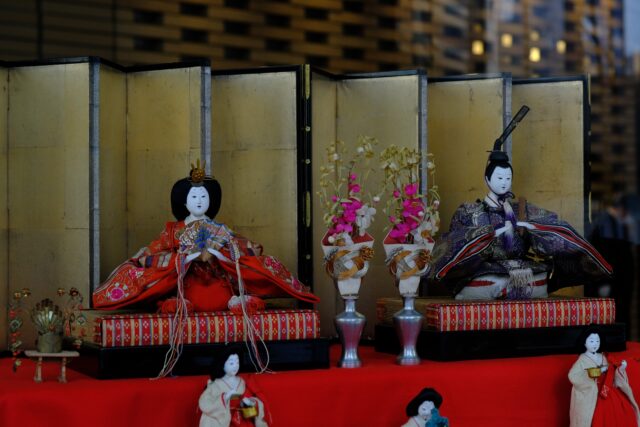
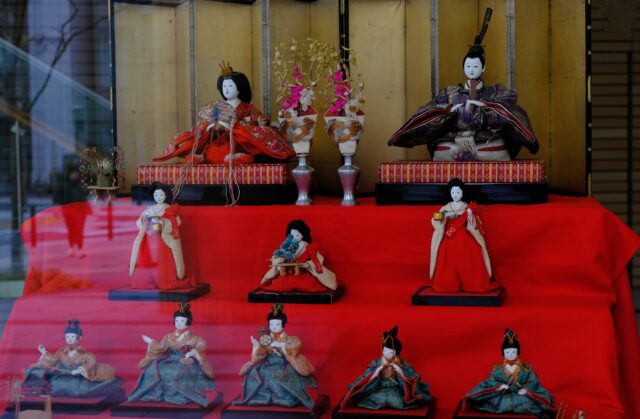
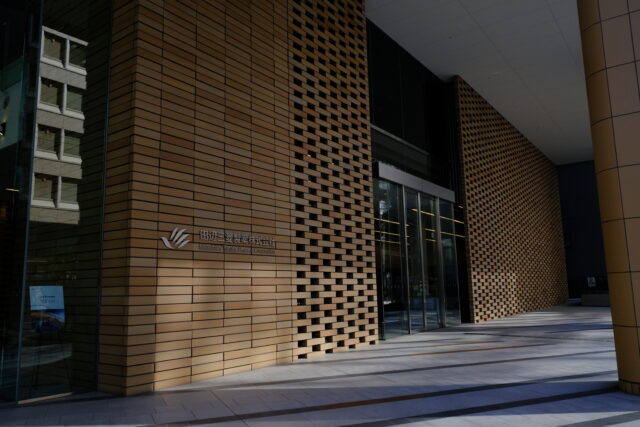

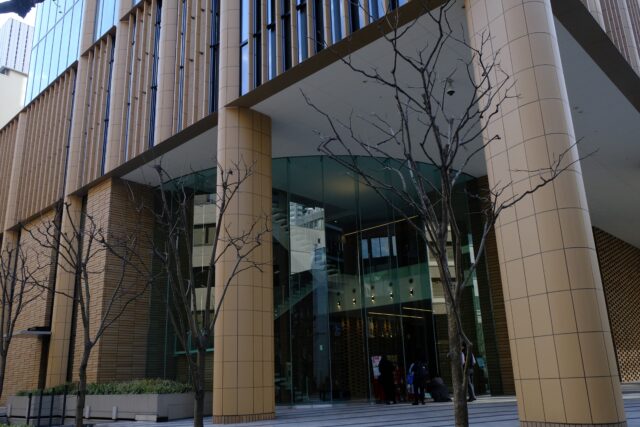
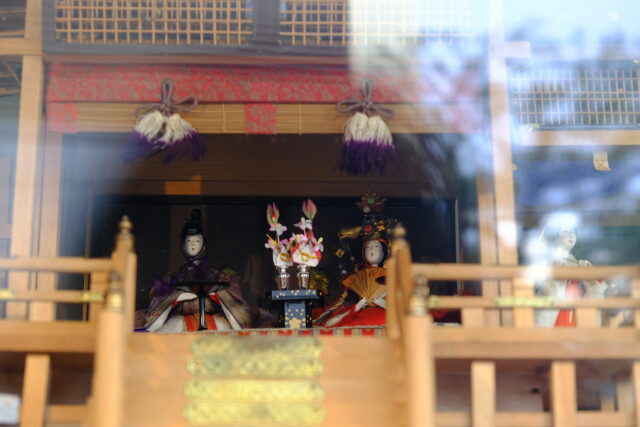

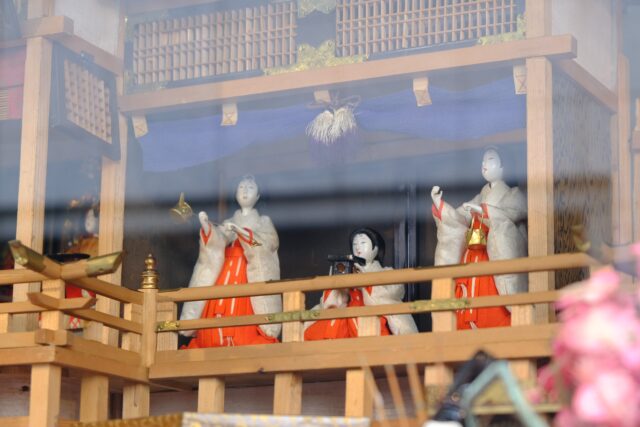
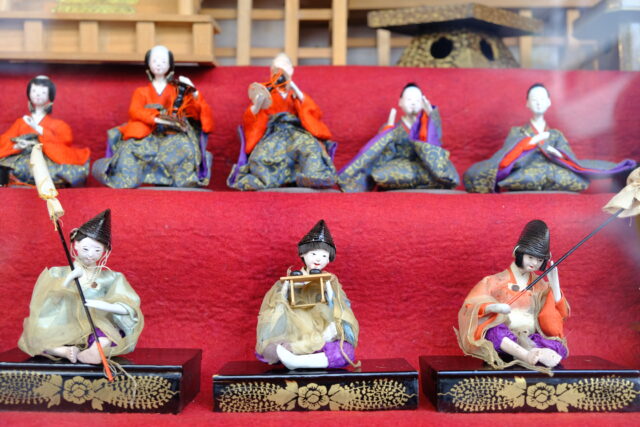
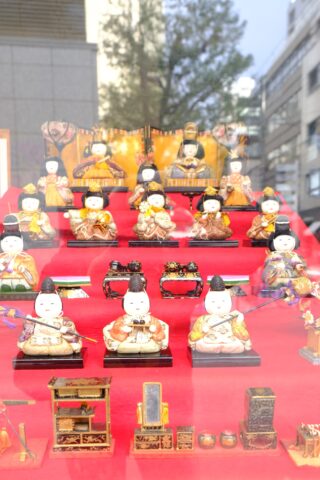
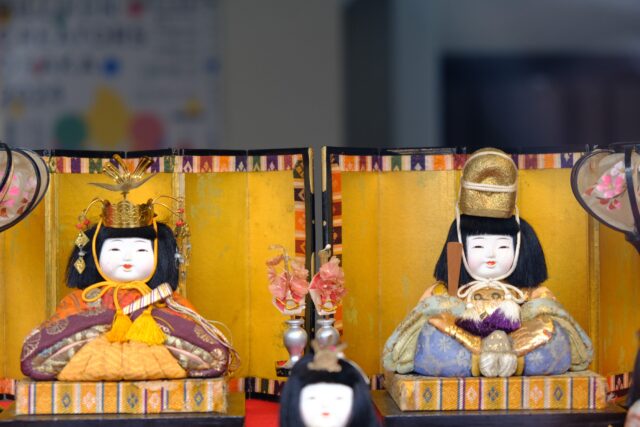
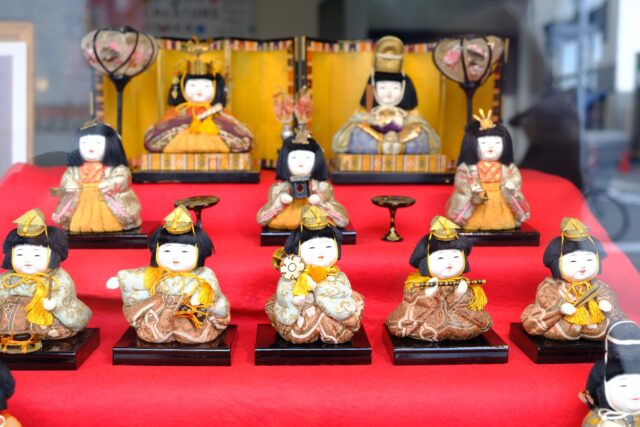
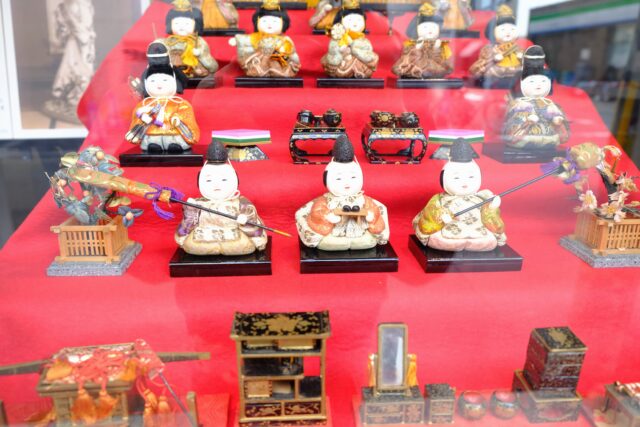
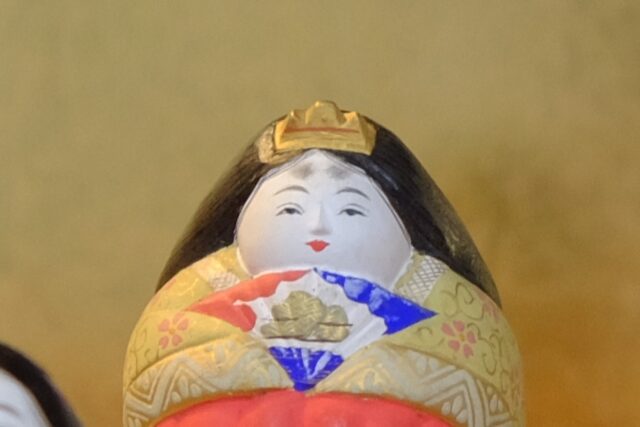


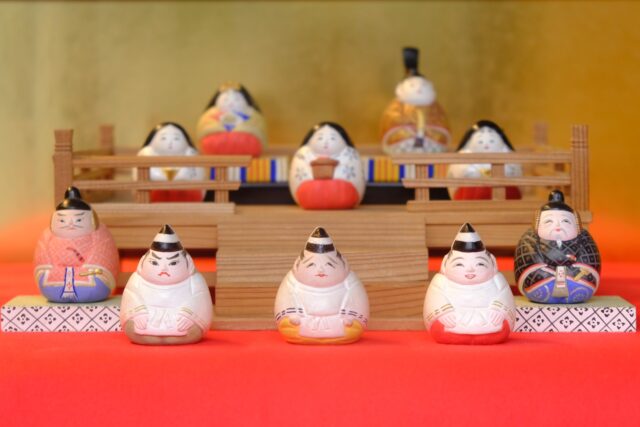
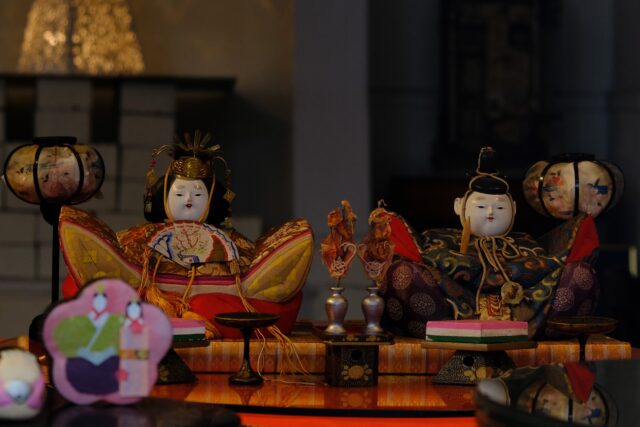

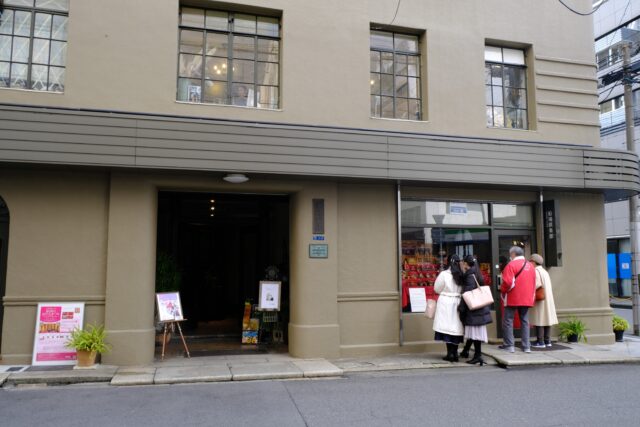

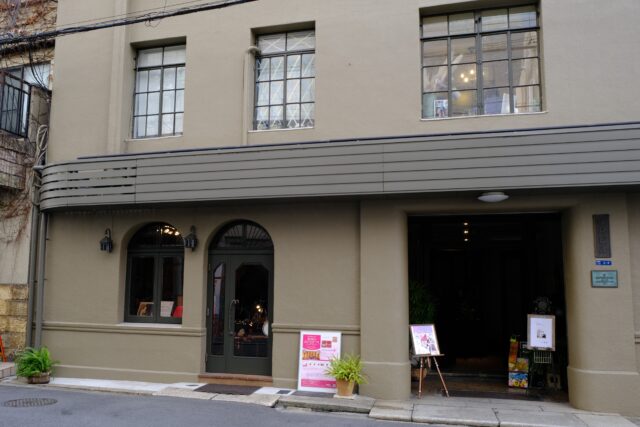
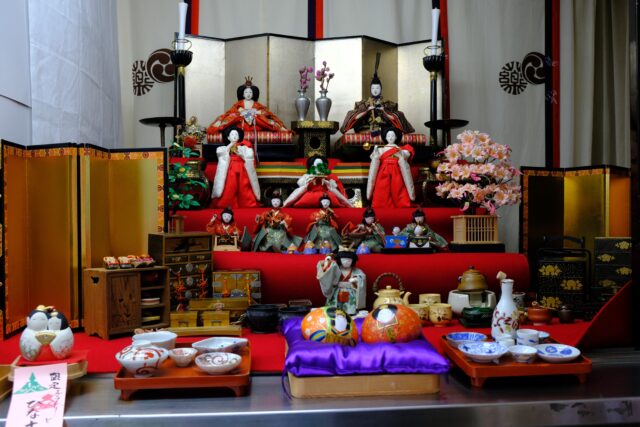
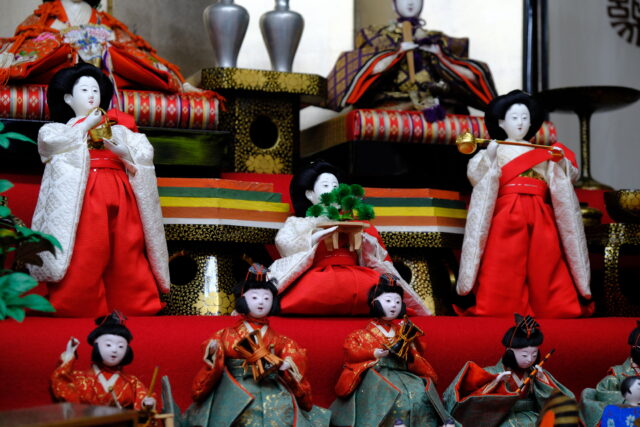
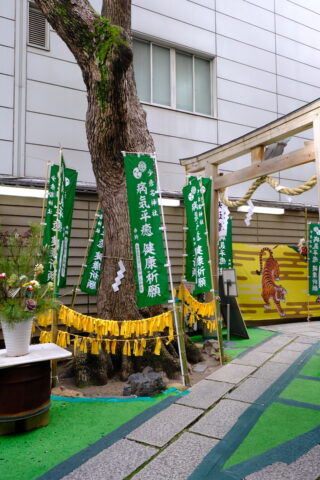

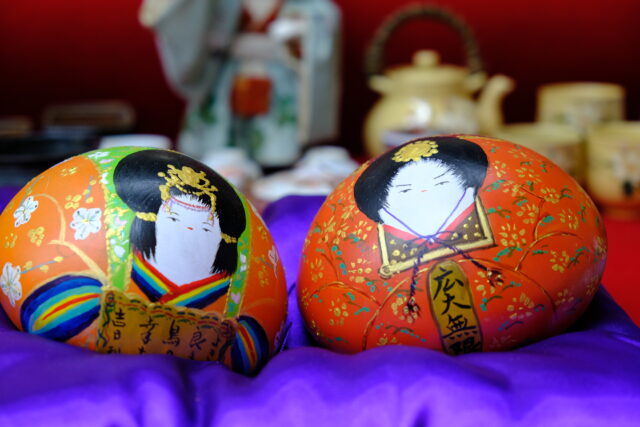
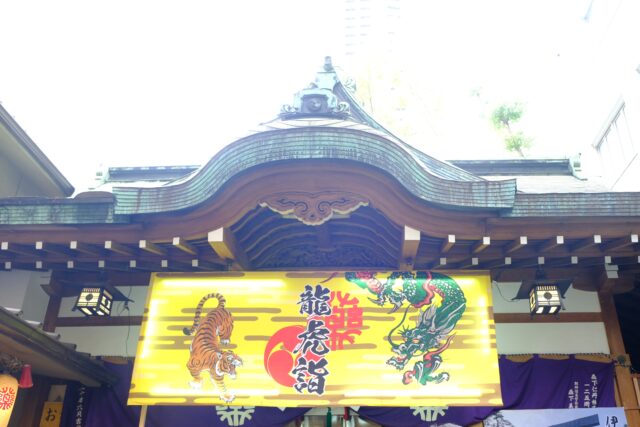
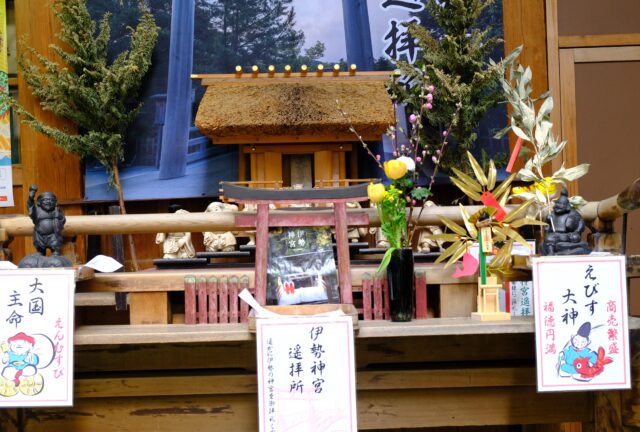
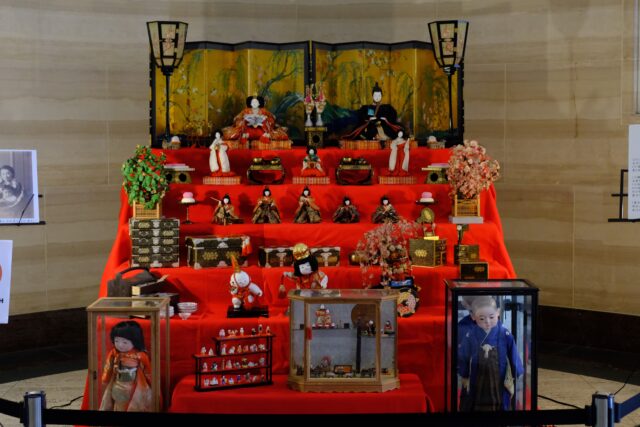
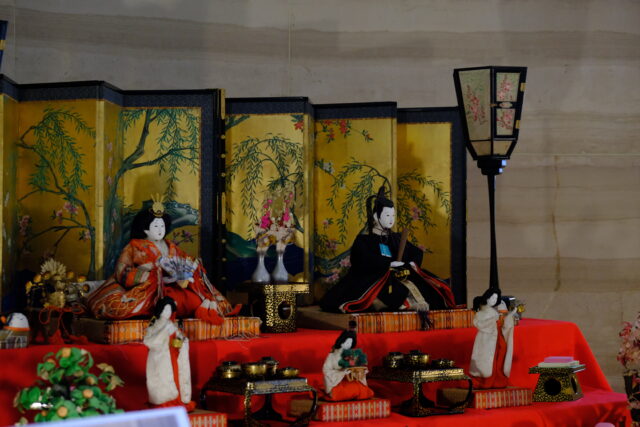
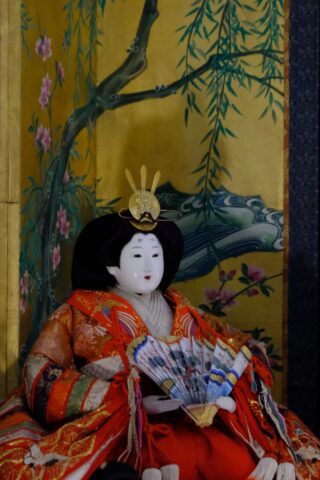
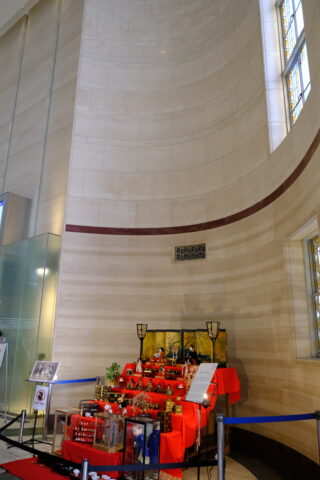
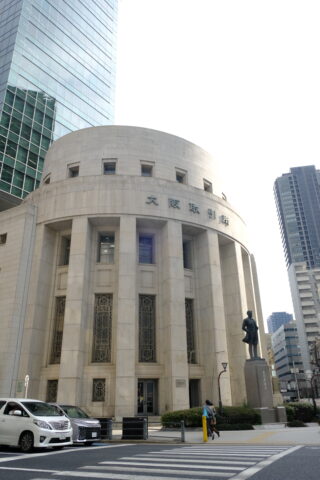
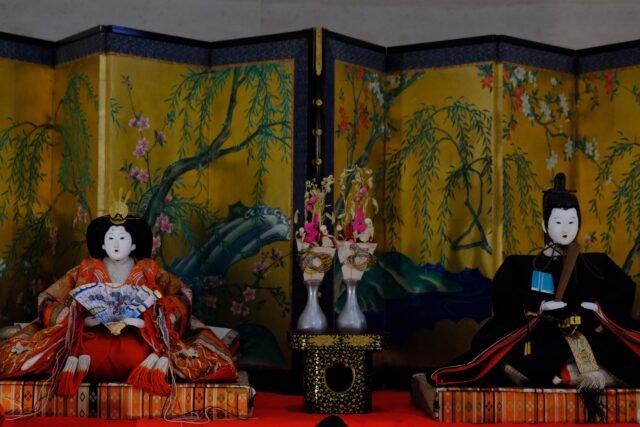
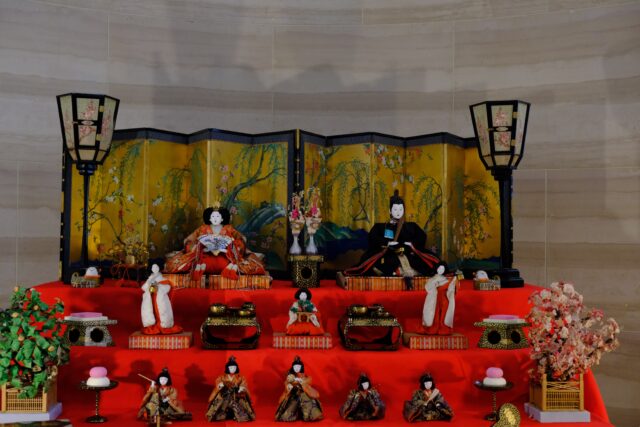
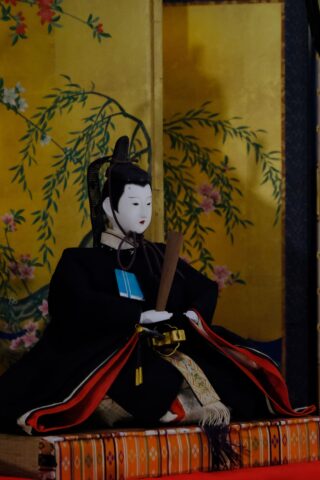
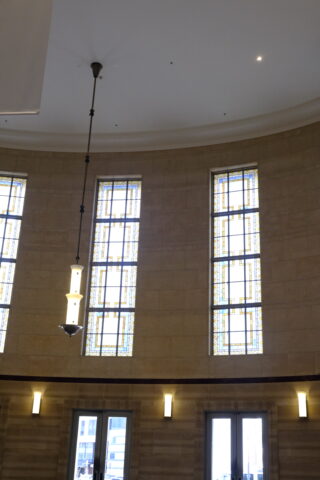
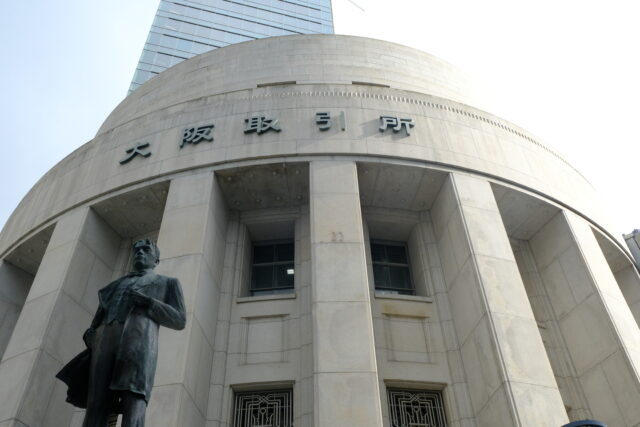
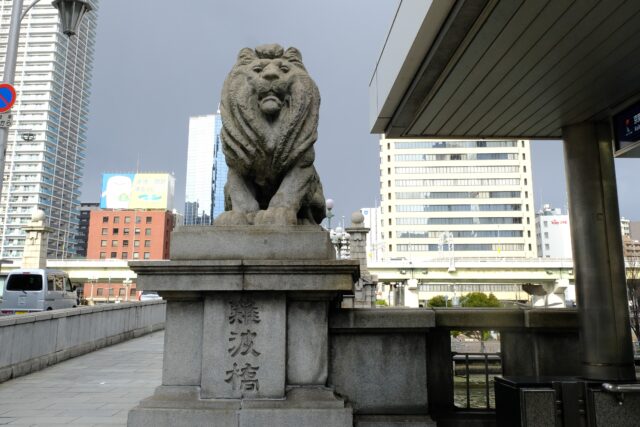
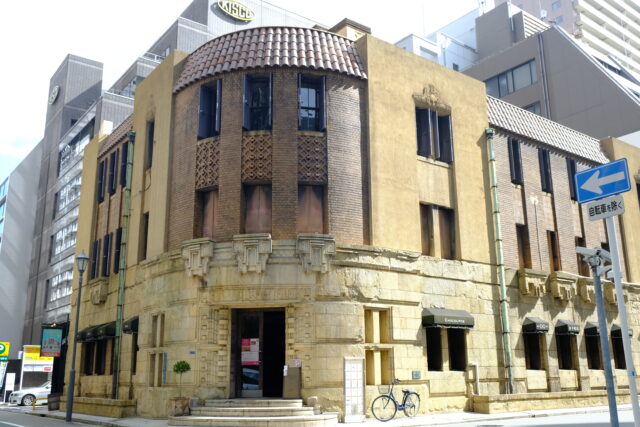
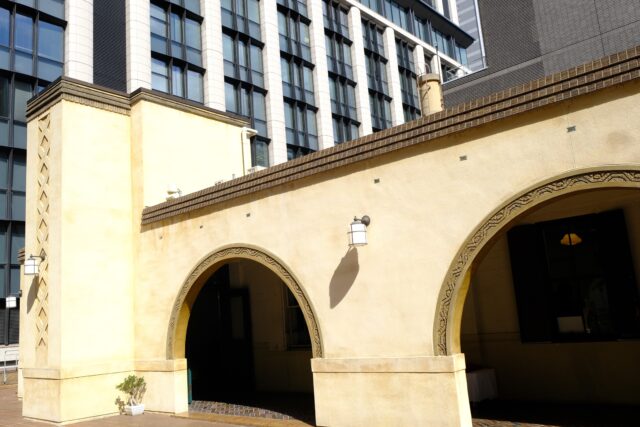
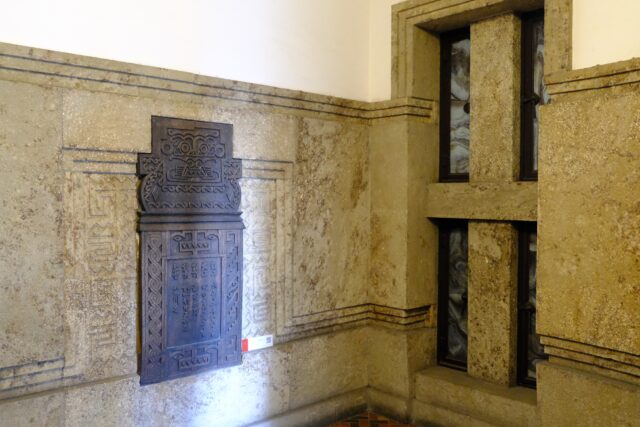
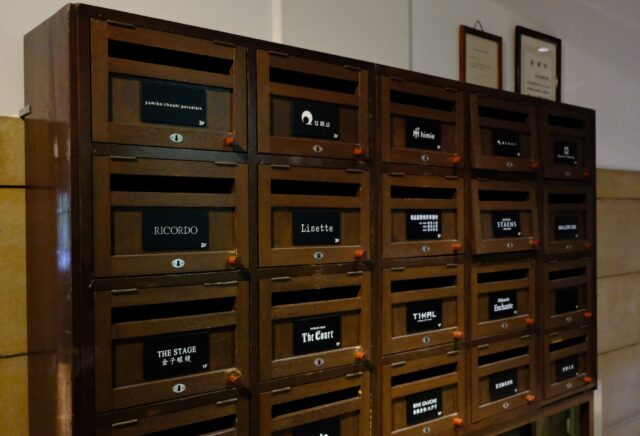
Leave a Reply